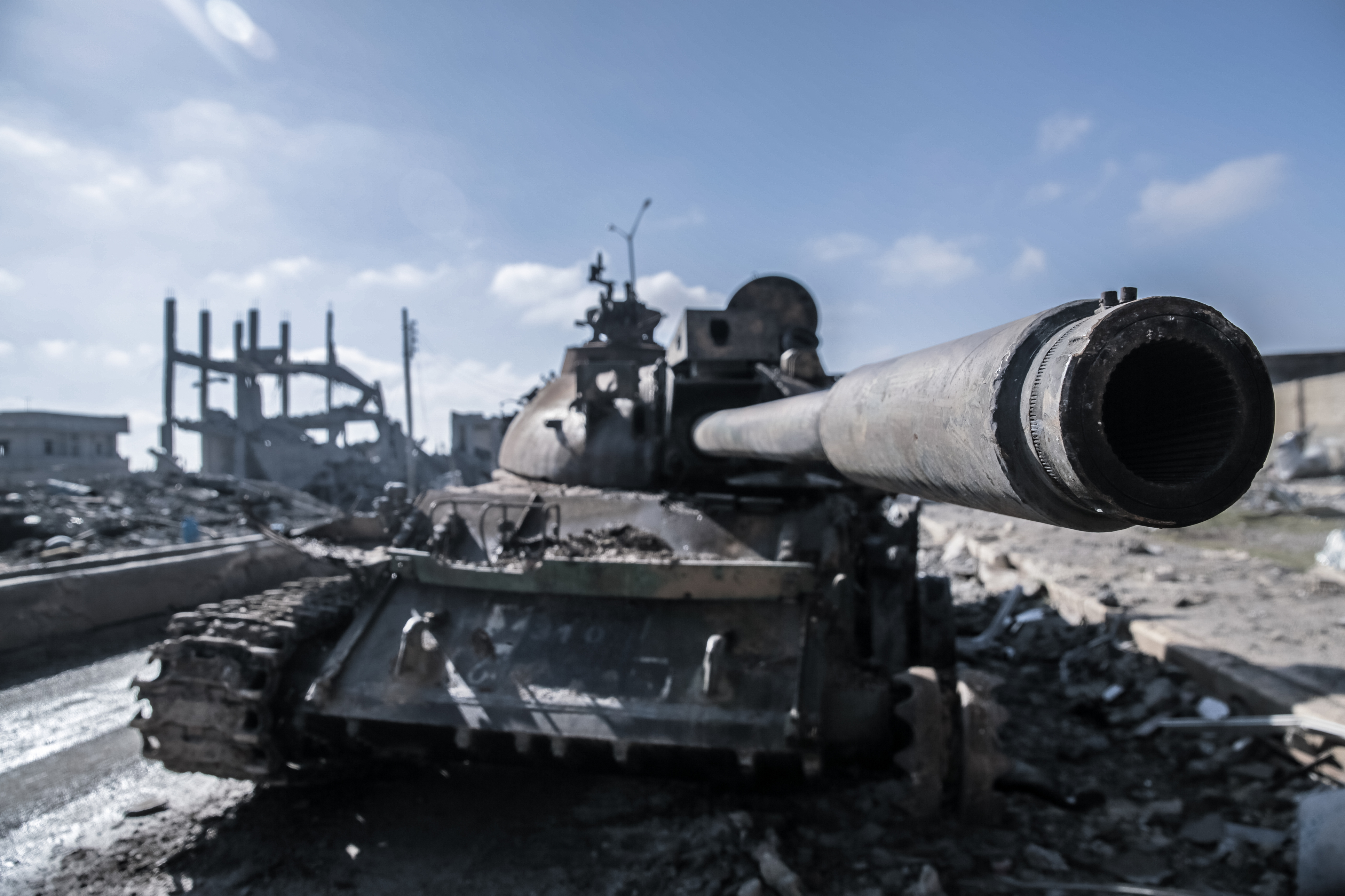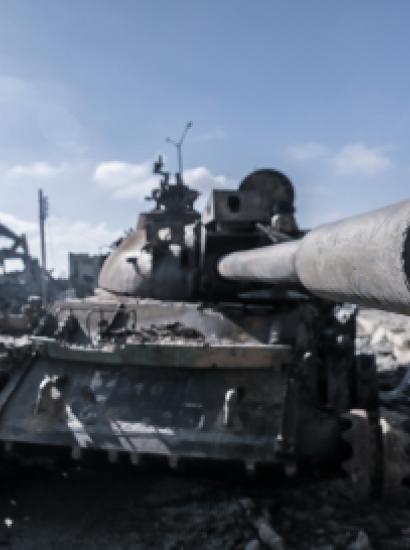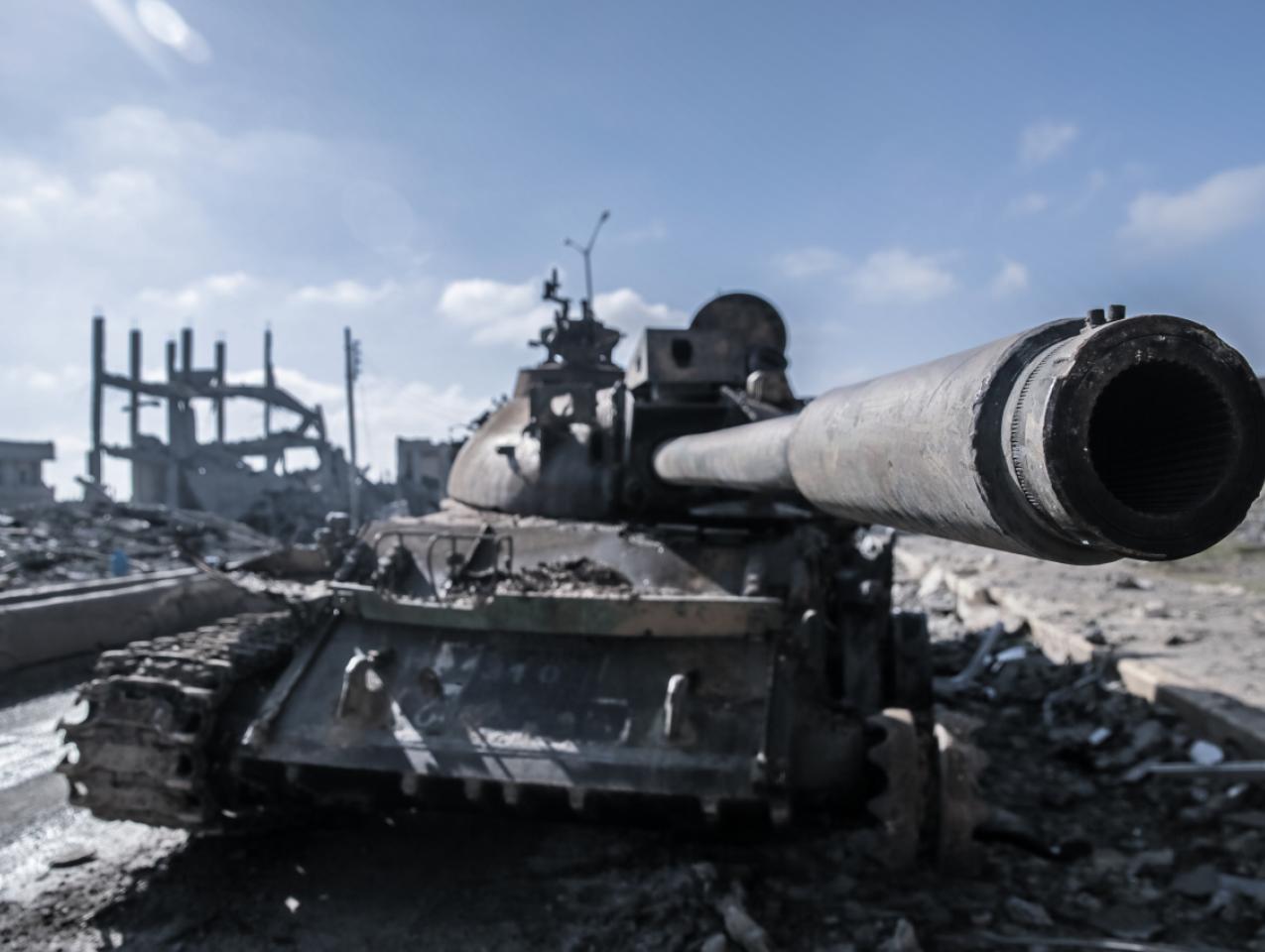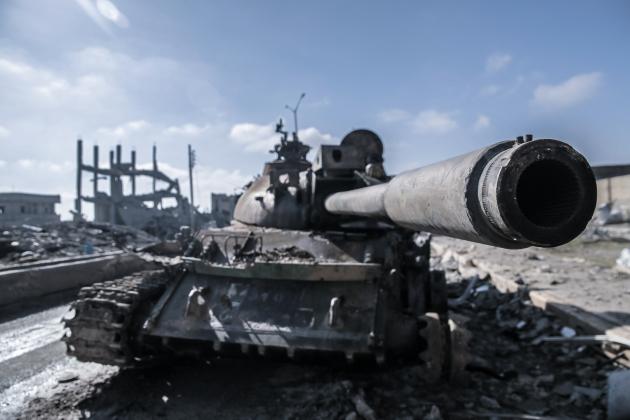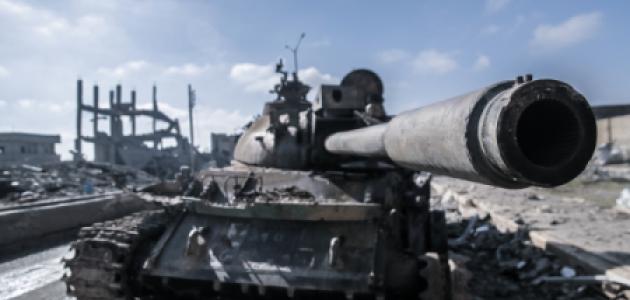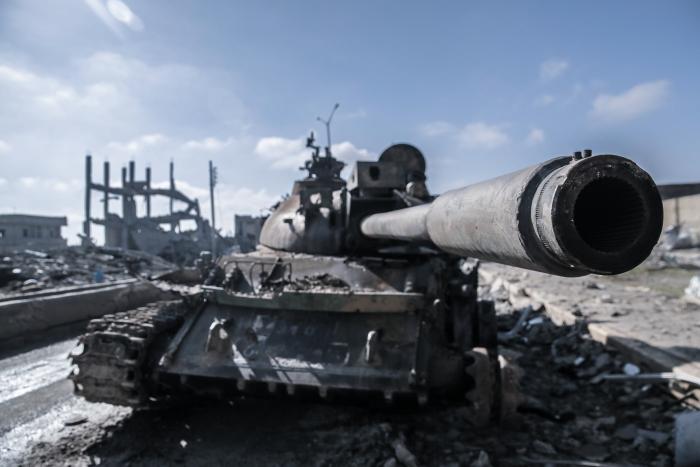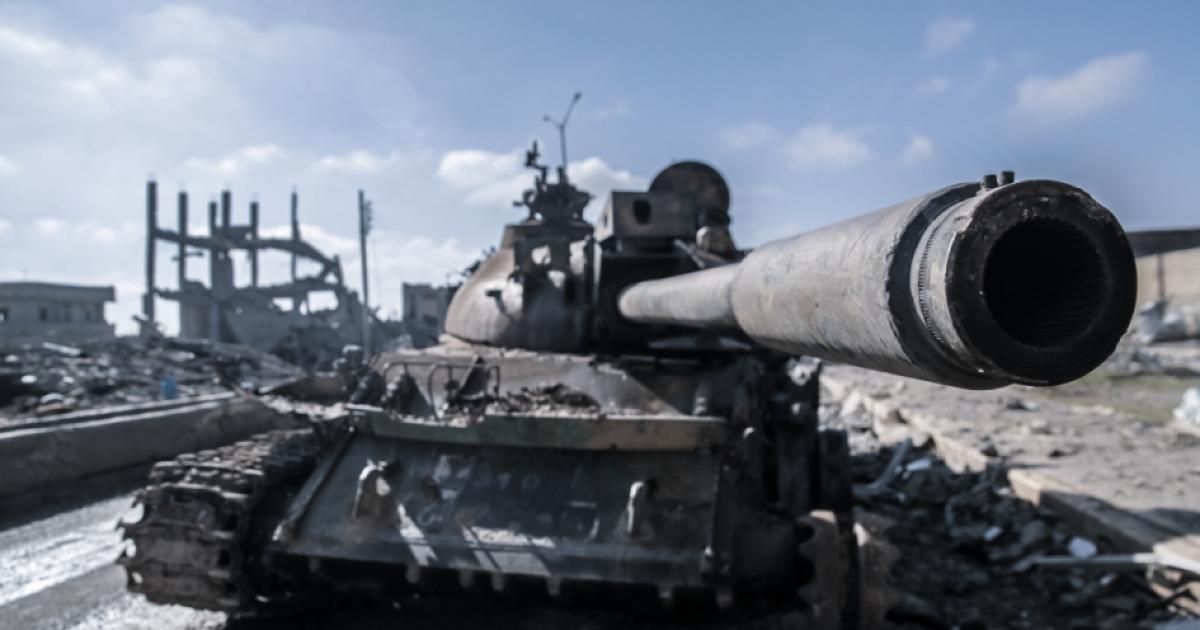In January 2018, Secretary of State Rex Tillerson described American strategy in Syria as including maintaining a troop presence in the region until at least 2021 while building a Kurdish-Arab force of 30,000 men, both with the ultimate objective of blocking Iranian influence. As laudable as that goal is, achieving it will require addressing a complex nexus of interrelated issues. First, while Kurdish forces have been important allies of the US in the war against ISIS, NATO ally Turkey treats them as a mortal enemy. Second, relations between Syrian Kurds and Arabs remain fragile as best and require considerable attention from the US in order to prevent the development of further tensions that could lead to deleterious political realignments. Third, to succeed the US has to recognize the full extent of the political and economic slump in northern Syria, which has only exacerbated tensions between Arabs and Kurds. These are difficult matters that demand careful diplomatic attention as well as the investment of considerable resources which will be necessary to counter Iran and the Assad regime.
This last issue is crucial for US policy, however, I would like to emphasize on another equally issue. It seemed that the US was not aware of the full extent of the political and economic slump in northern Syria, which has only exacerbated tensions between Arabs and Kurds. I would also definitely mention that we were in January 2018 in Northern Syria and that impression is not speculation from Washington, but the result of a field research.
The Kurdish Challenge for US strategy
Only a few days after Tillerson’s presentation of US strategy, Turkey launched an offensive on the Kurdish area of Afrin. The US evidently underestimated Turkey's determination to fight against the YPG. Even more important than the fact that the US was caught off guard is the disturbing implication of Ankara’s having received the green light from Moscow for its operation against the YPG in Afrin. Russian strategy includes the goal of demonstrating to the Kurds that the US is unable or at least unwilling to protect them against Turkey, despite the sacrifices they have made against IS. Clearly Putin aspires to having the Kurds break their alliance with the US and for them to permit the Syrian army to return to northeastern Syria in exchange for protection against Turkey. If the YPG were to withdraw from the Turkish-Syrian border area and then share sovereignty with the Syrian army, Erdogan would no longer have a reason to attack Kurdish territory. The US should be taking steps to prevent the Kurds from succumbing to Moscow’s wooing. This will have to include coming to some arrangement with Turkey which will not be easy at all.
However, a substantive policy toward the Kurds even within Syria (i.e. leaving the relations to Turkey aside) requires addressing the significant tensions with the Arab population in the Kurdish controlled regions. Even in areas with Arab majorities, the Kurdish “comrades” of the YPG control all administrative and political bodies, from simple local councils (Kommun) to the leadership of the "Democratic Federation of Northern Syria”. Syrian Kurds keep a tight control on governance and largely exclude Arabs from positions of authority. Of course this Kurdish domination exasperates the Arab population, especially the tribal leaders marginalized by the new power. If the US hopes to build a Kurdish-Arab force, it will have to address these tensions by working toward a more functional collaboration of the two groups. This is far less than old-style “nation-building,” but it does mean becoming involved in an internal political process and structures of governance.
These tensions are especially acute in the military sector. Arabs are the majority in the SDF (Syrian Defense Force) and constitute a quarter of the YPG. However, leadership remains exclusively Kurdish, and Arabs have no chance of promotion within the YPG. Within the SDF, the Arab militia have no freedom of action, and they are furthermore fully dependent on the YPG for weaponry. The US has chosen to make the YPG its sole interlocutor in order to avoid the problems of disorganization (as it experienced with the FSA). However, the YPG actively prevents the emergence of a united Arab force within the SDF, in order to forestall the emergence of any competing force so that it can remain indispensable to the US. The challenge to the US is clearly to keep the Kurds in its camp while also motivating them to develop a more equitable and productive relationship with the Arabs who are prepared to fight at their side but who understandably may resent structural discrimination.
An economic disaster
Arab men in the region join the SDF and especially the YDF for multiple motivations, including both political opposition to Assad and the Iranians, but also the real advantages of a salary, given the drastic shrinking of the economy in the region.
Before the war, Northeastern Syria (Raqqa, Deir al-Zor and Hasaka provinces) produced two-thirds of the wheat and almost all the cotton of the country. Half of the population earned its living from agriculture, and while this fraction has only increased during the war, the real scope of agricultural production has declined steadily since 2011, due to lack of fertilizer, poor irrigation and the on-going disruption of the agricultural market. In 2018 the agricultural sector may continue to face dramatic declines, potentially leading to a food crisis, as a drought has returned after six years of normal rains. In the Euphrates Valley, where irrigation is essential, the state irrigation network is no longer functioning due to recent destruction and the absence of a management authority.
Farmers have taken their own measures to adjust to the environmental strains. Many have abandoned their land in order to raise sheep, while others have begun to plant barley instead of wheat — a plant that requires less water and fertilizer. As for cotton, plans for an April planting appear to be negligible. As a result, the two main sources of income for farmers—wheat and cotton—have disappeared. The Federation of Northern Syria will no doubt have to import cereals at a great expense in order to compensate for the lack of significant grain storage in the population. This is a real snub for the Kurdish radicals in the PYD, which advocates for food self-sufficiency according to the principles set out by Abdullah Occalan. Yet this disastrous situation was inevitable because of the strong economic dependence existing between Northeastern Syria (which the Baathist regime shaped exclusively for the production of agricultural and energy raw materials) and the Western industrial Syria.
Officially, the PYD wants to break its economic dependence on the rest of Syria by building a self-sufficient economy. It advocates the creation of agricultural and artisanal cooperatives in accordance with a neo-Maoist ideology. Fortunately, the implementation of Occalan's ideology has been minimal because of the priority given to military combat. However, the creation of cooperatives does not favor a free-market economy or any private initiatives that are already restrained by a stifling bureaucracy.
An explosive situation that benefits the Syrian regime
On the one hand, the political domination by the Kurds and on the other, the economic decline, exacerbate ethnic and tribal tensions. In January 2018, the tribes of Manbij, in Northern Syria near the Turkish border, protested against the Civil Council (the local government) when it wanted to impose conscription. Eighteen months after the liberation of the city by SDF forces, the lack of public services, unreliable electricity and a stagnating economy contributed to widespread disappointment. In Raqqa, the population is still recovering from the devastating battle, but soon a similar frustration is likely to develop. Raqqa’s people have been expecting massive aid from the West, but currently there is nearly no aid on the ground and no promise of stabilization in the future. As a result, the rumor spread that the West destroyed Raqqa only because of the threat it sees in ISIS, but with no genuine interest in liberating, let alone rebuilding the city.
The Assad dictatorship is all too eager to take advantage of such discontent. Its propagandists argue that in areas under its control, electricity has come back and the other utilities are functioning. Such representations have a strong impact on a population impoverished by the war. After years of fighting, many Syrians are craving a modicum of normalcy. Even as Bashar al Assad wages a brutal war in the west, most recently in Ghouta, he also senses an opportunity to regain control of the Northeast, biding his time, throwing a little oil on the smoldering fire and trying to rally the political elites, In January 2018, most of the tribal chiefs of Northern Syria were in Damascus preparing for the Sochi meeting. In fact, these discussions in the Syrian capital focused on their future political position and opportunities for a future in which the Syrian army could return.
Stop Turkey and rebuild the area
If the US plans to stay in Northern Syria, it must solve two major issues. First, it must stop the Turkish offensive. However, it must not do so by ceding Manbij to Turkey, which will only embolden Erdogan who will demand more concessions, in response to which the YPG will switch towards Russia. In this complex terrain, the US must show clear political determination both to retain its local allies and to gain Turkey's respect. Yet that political route alone will not be sufficient. The US also needs to engage more effectively on the ground. If the US does not rebalance the power relations between Kurds and Arabs, the latter will turn to Damascus, just as the former have the option of turning to Moscow. Disengagement or withdrawal will not improve the situation. On the other hand, the US must work seriously to improve the standard of living of the population through significant economic aid that goes beyond mere stabilization. Blocking the expansion of Iranian hegemonic ambitions requires an American initiative that offers the peoples of the region a compelling alternative. A comparison from the middle of the twentieth-century is not far-fetched.
The Trump administration should be as ambitious as President Truman when he launched the Marshall Plan for Europe, as this was an appropriate response to protect Western Europe from Communism. An analogous response to the structural difficulties in the Middle East, in the face of the Iranian shadow, has to be developed for the same reasons that Truman evinced.
The seeds of totalitarian regimes are nurtured by misery and want. They spread and grow in the evil soil of poverty and strife. They reach their full growth when the hope of a people for a better life has died. We must keep that hope alive.







